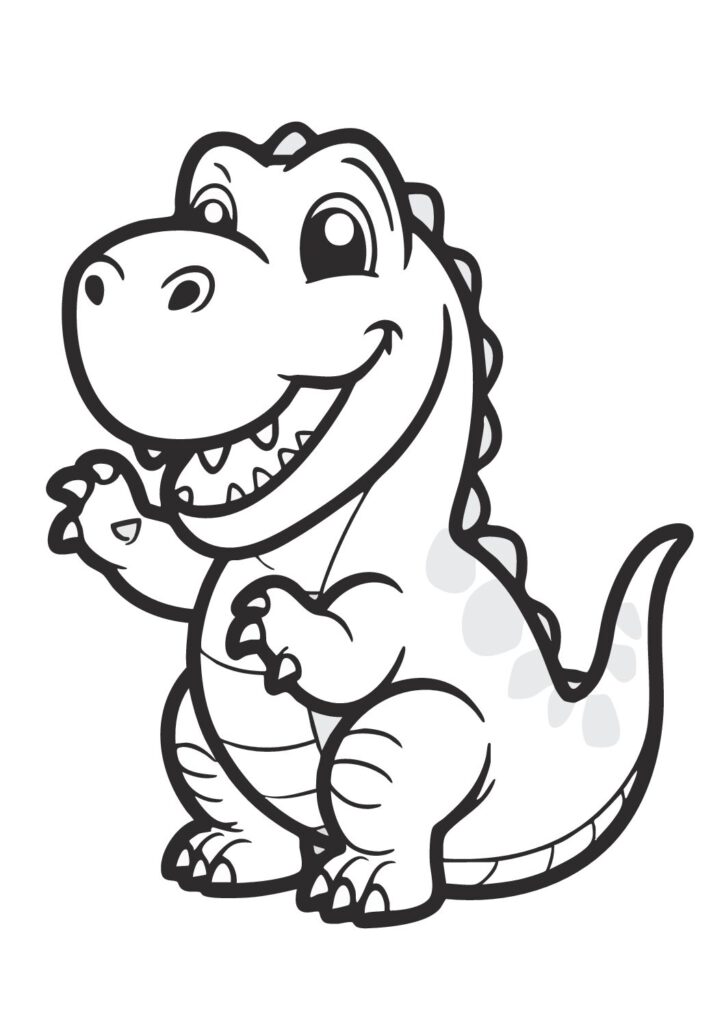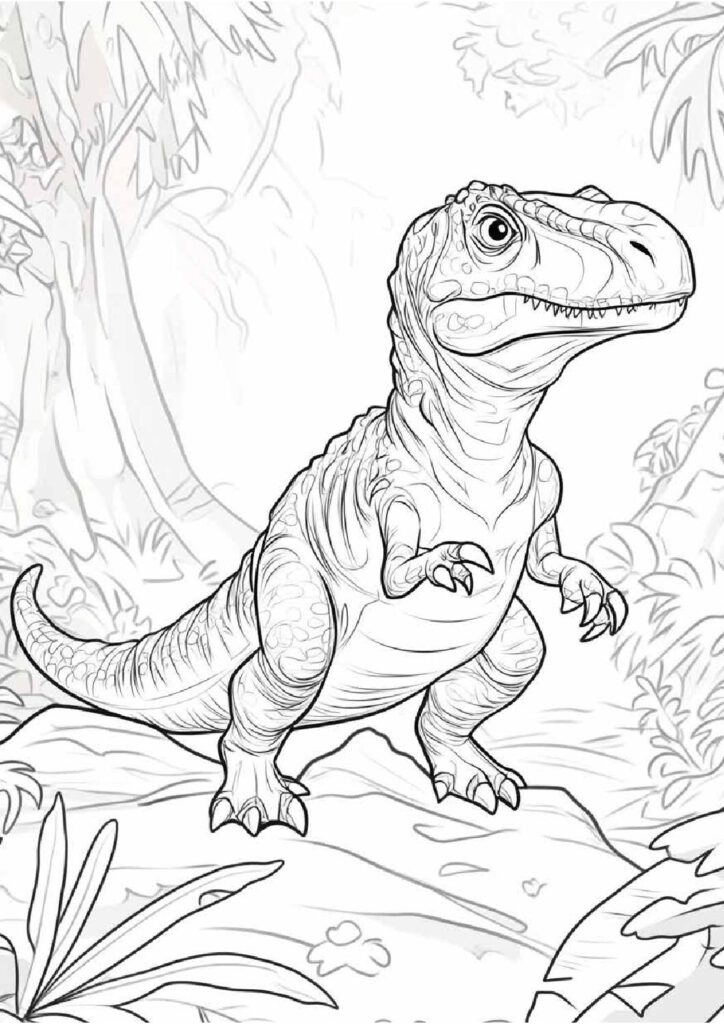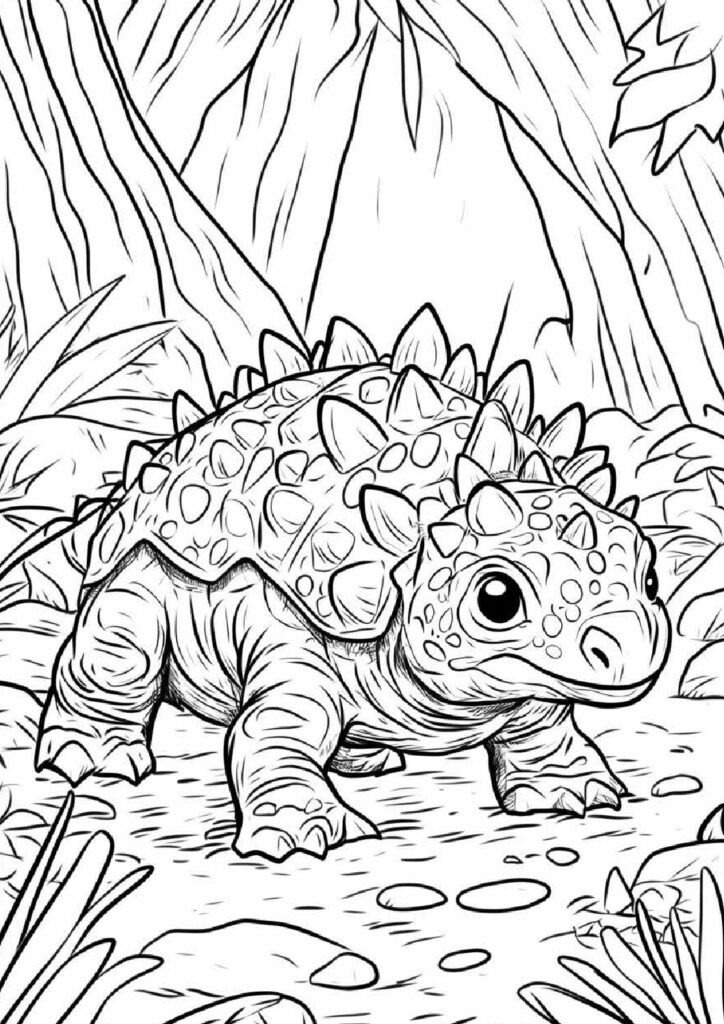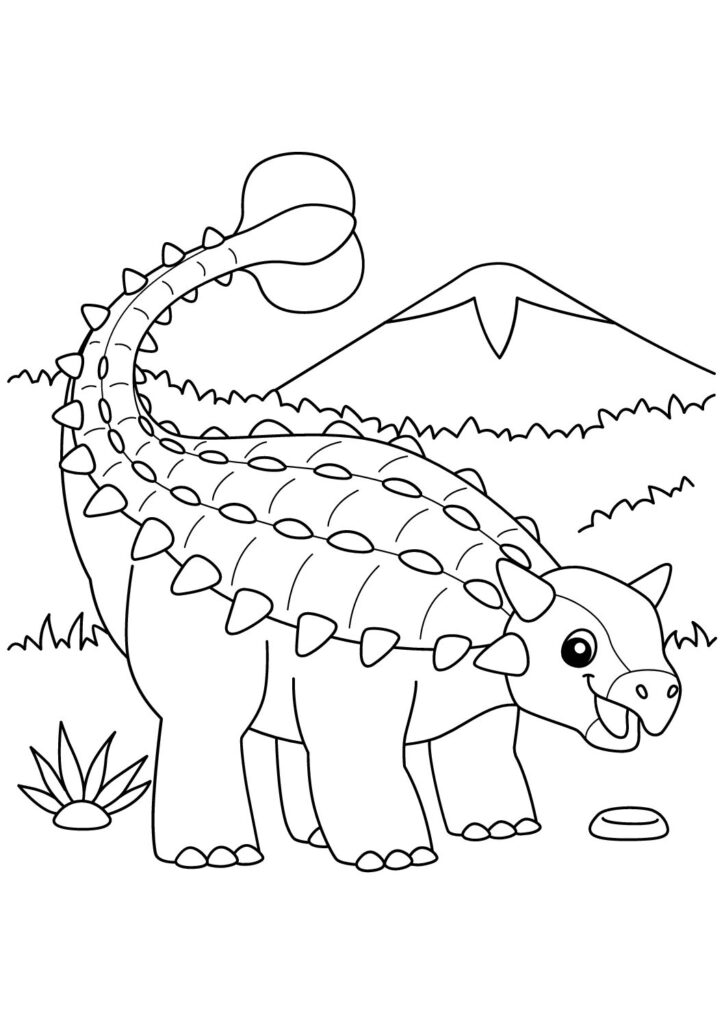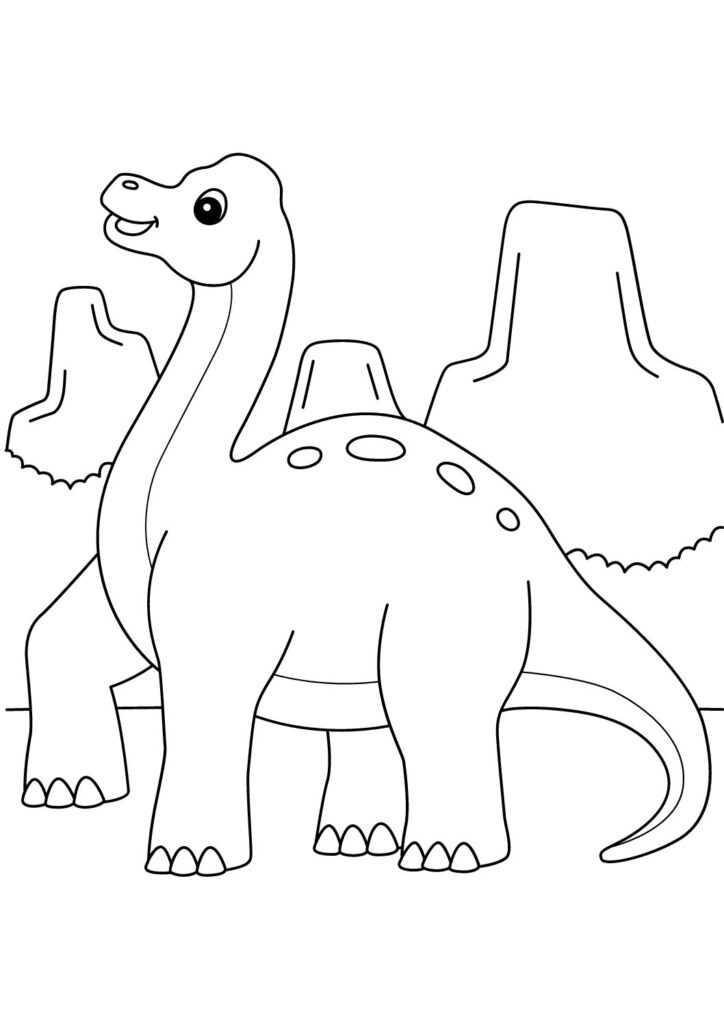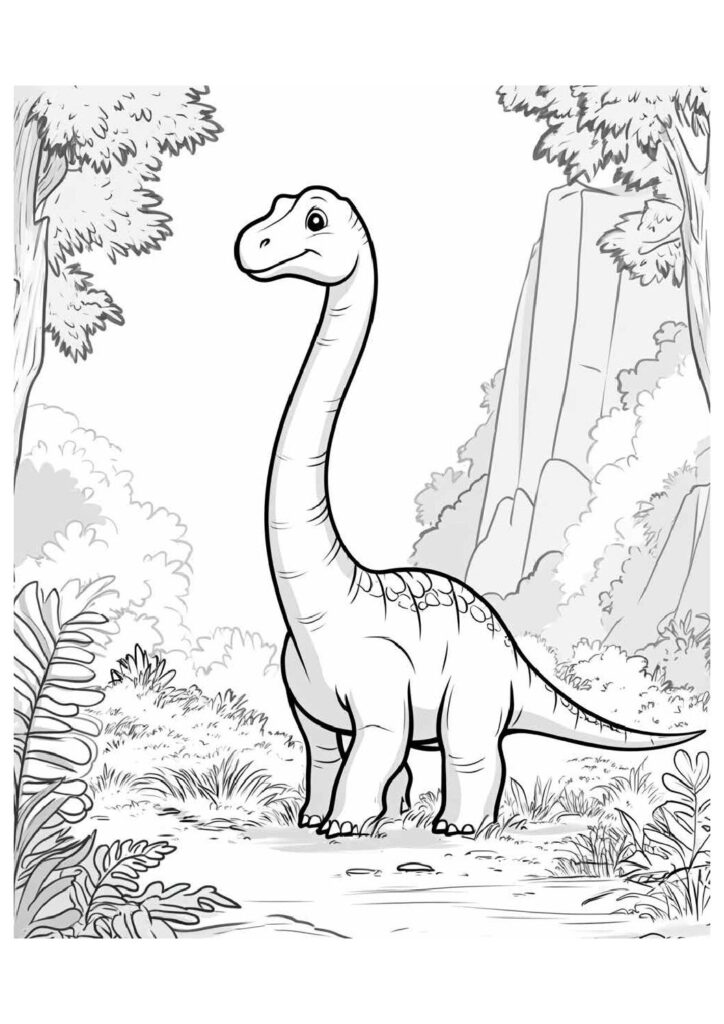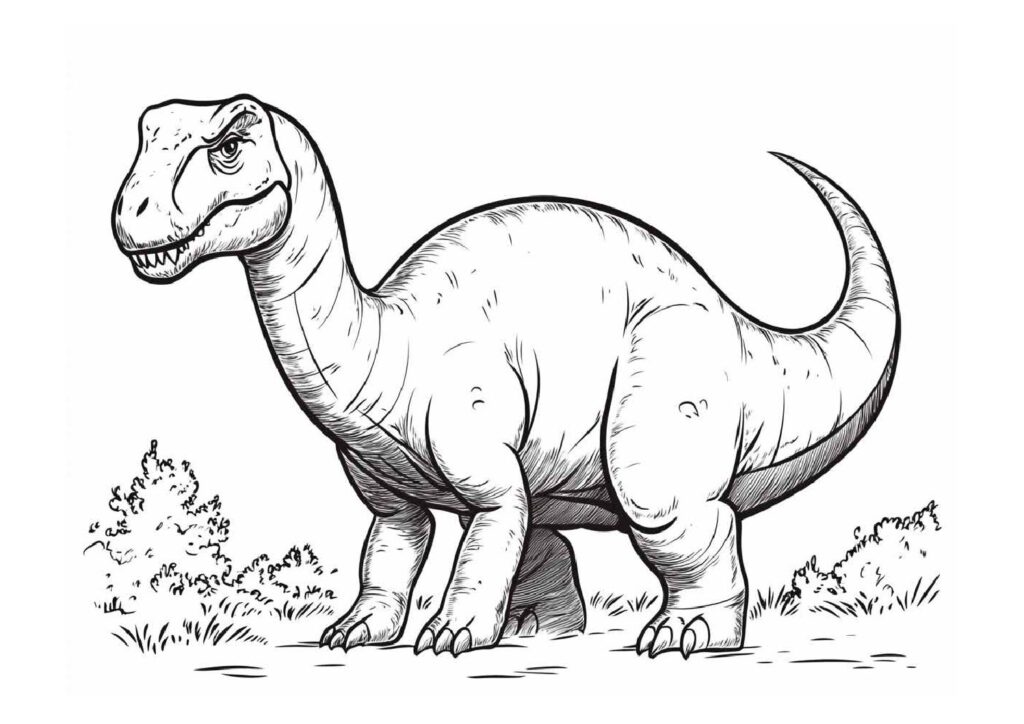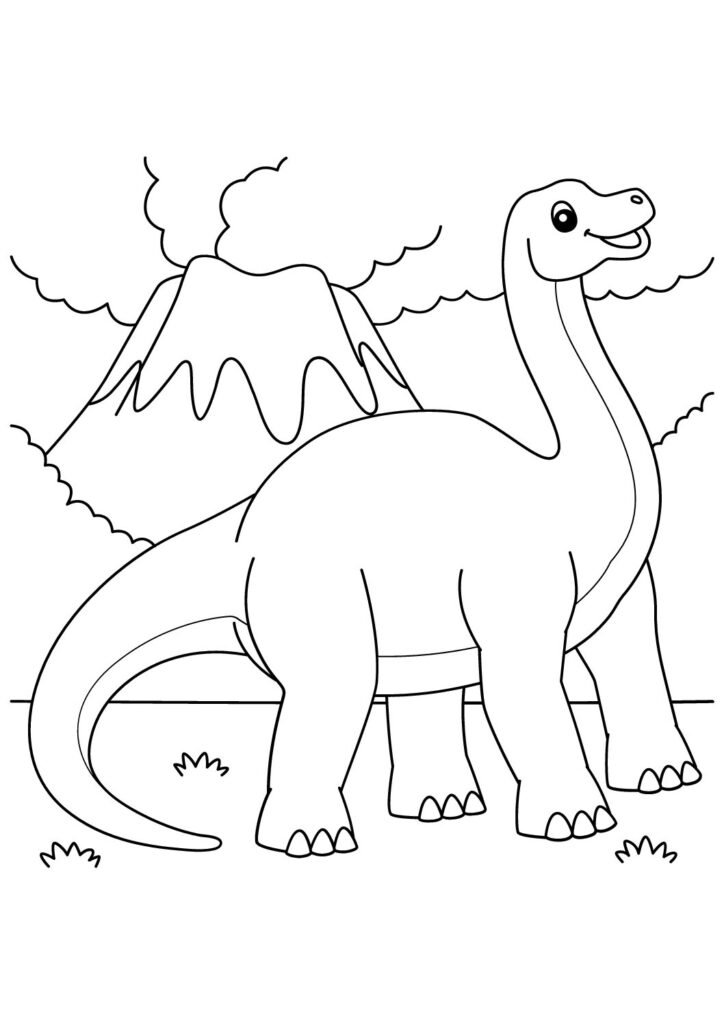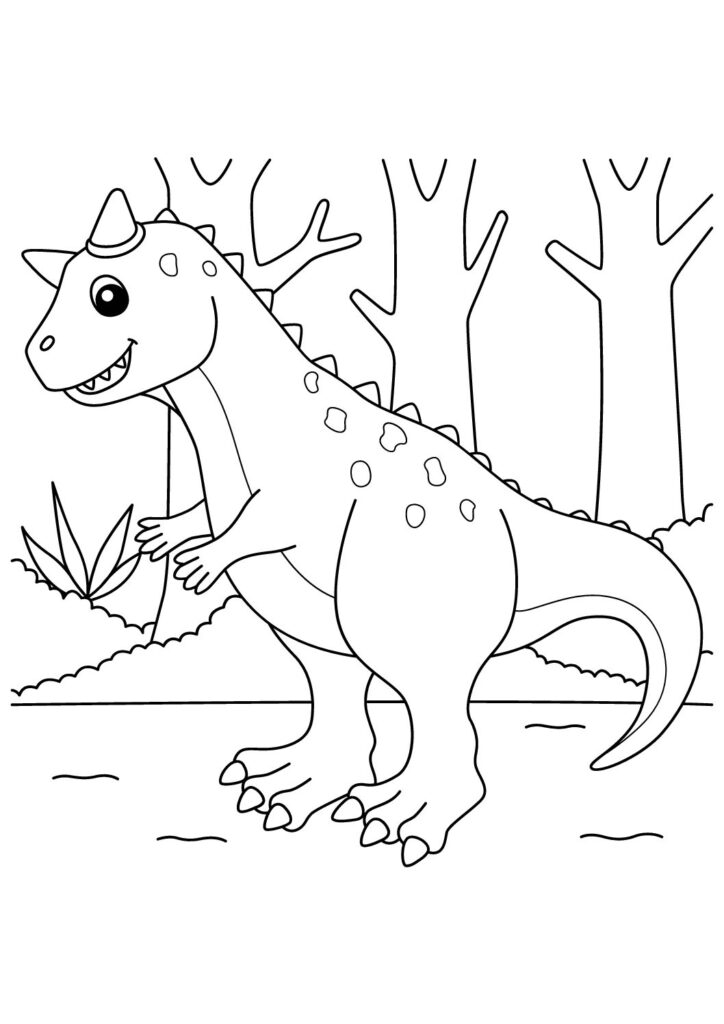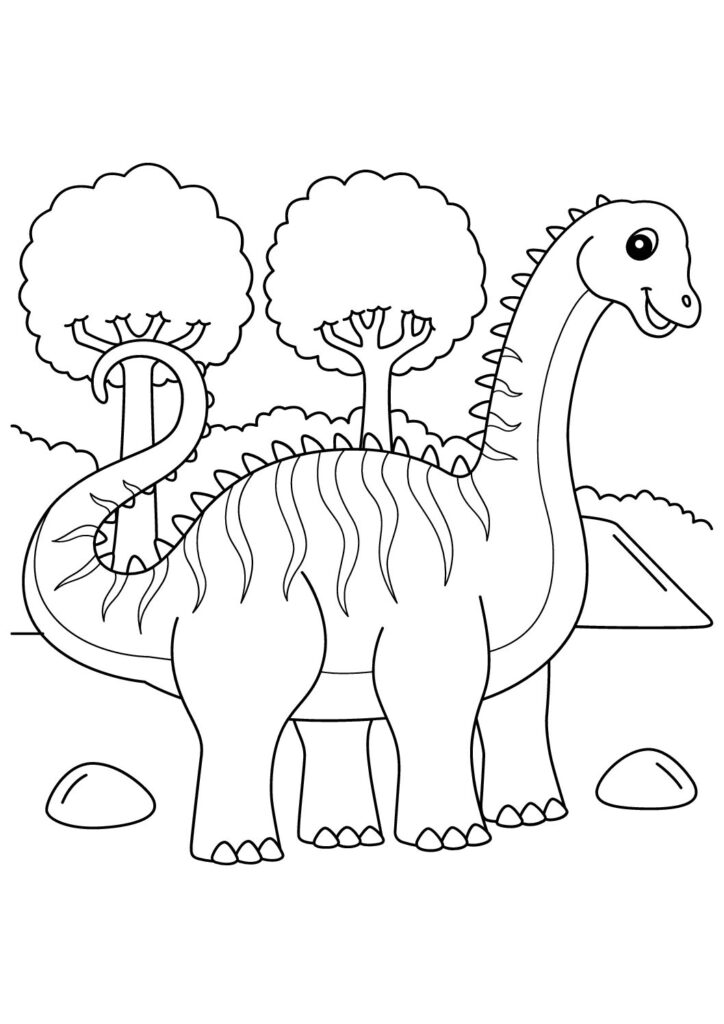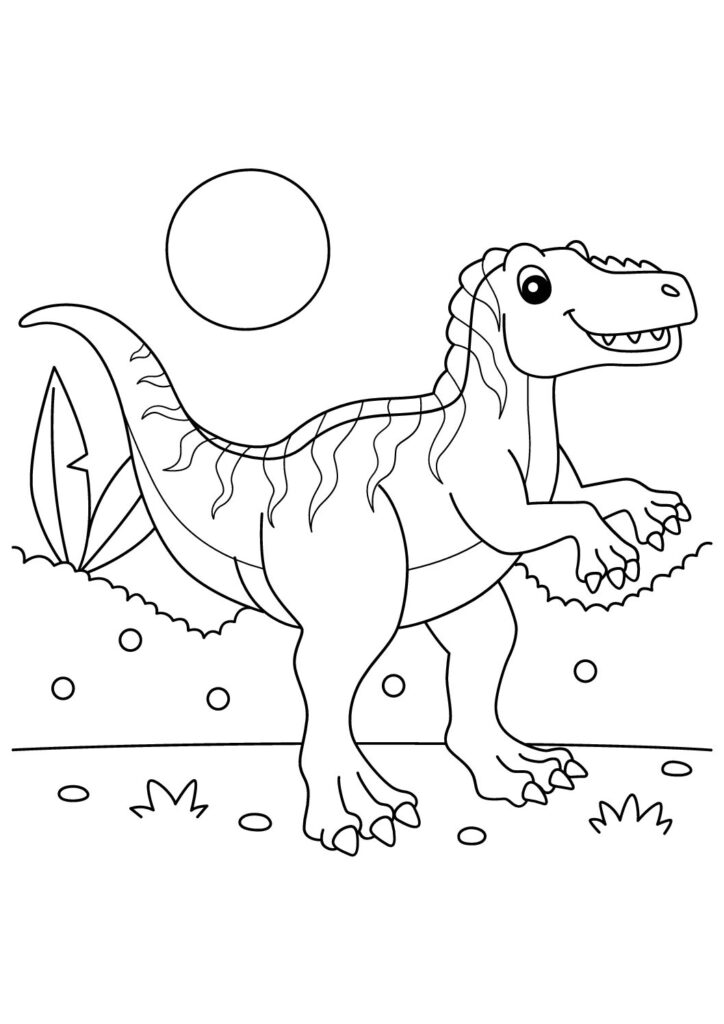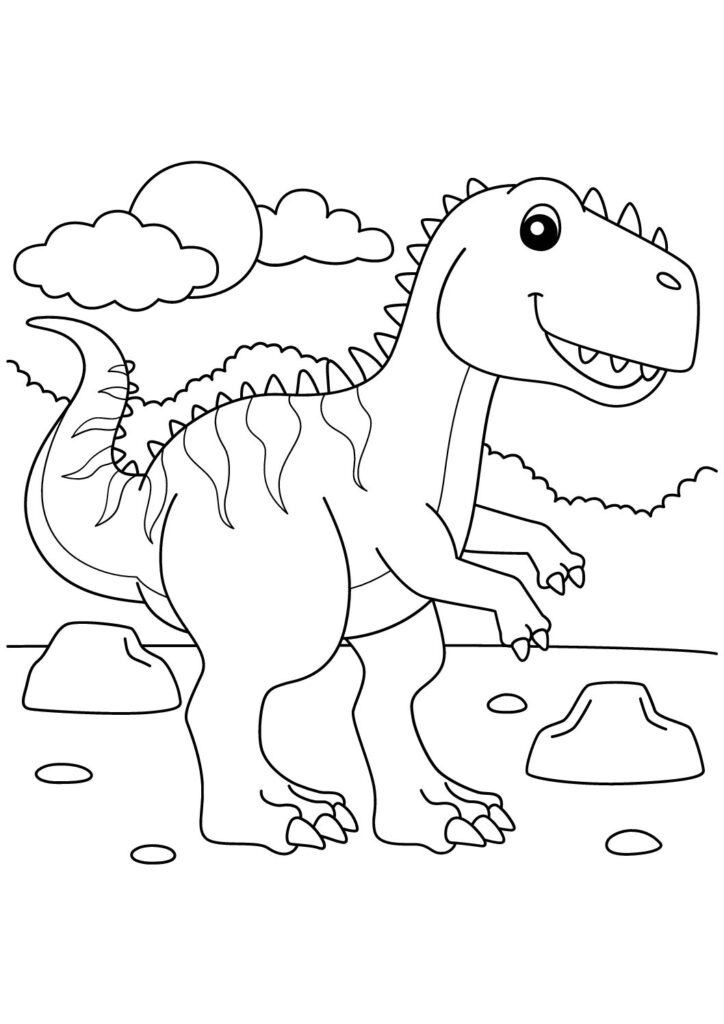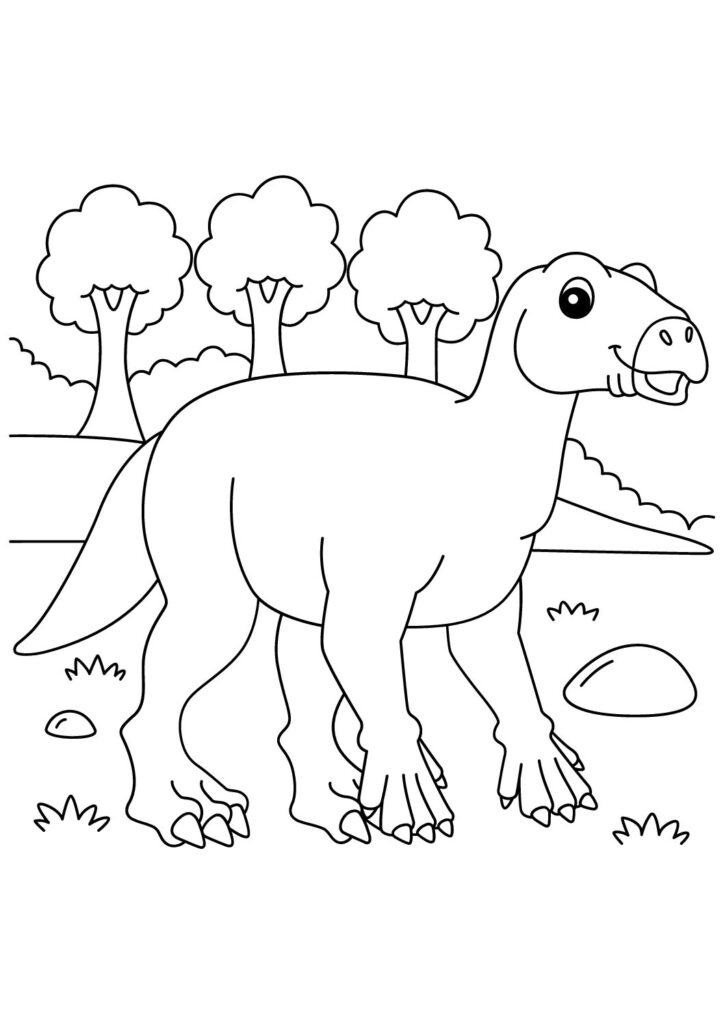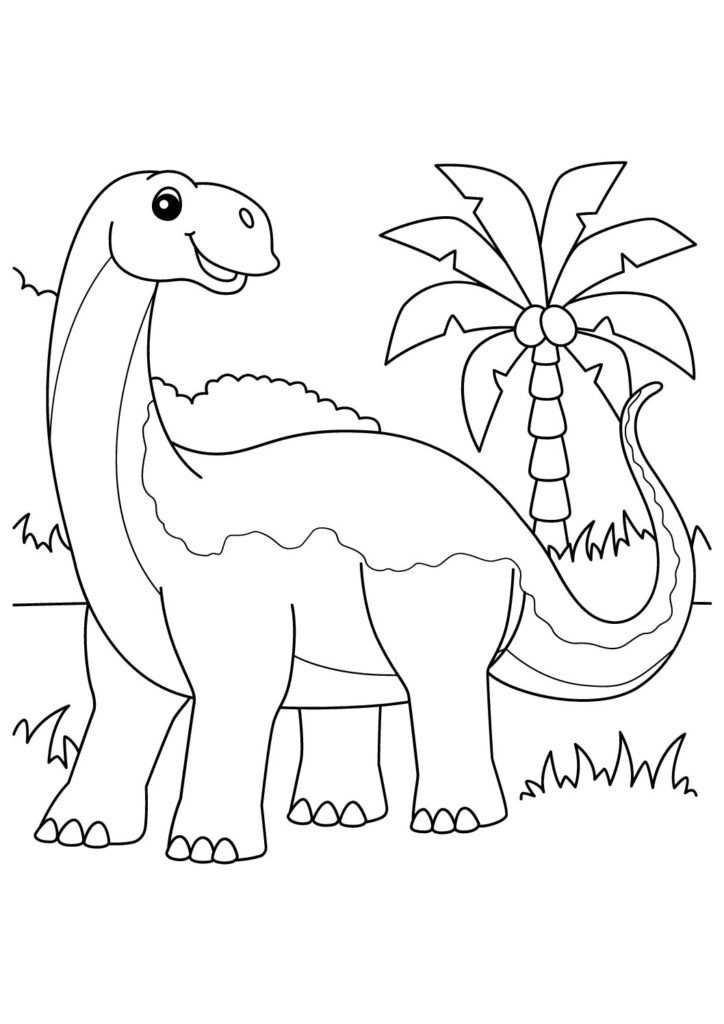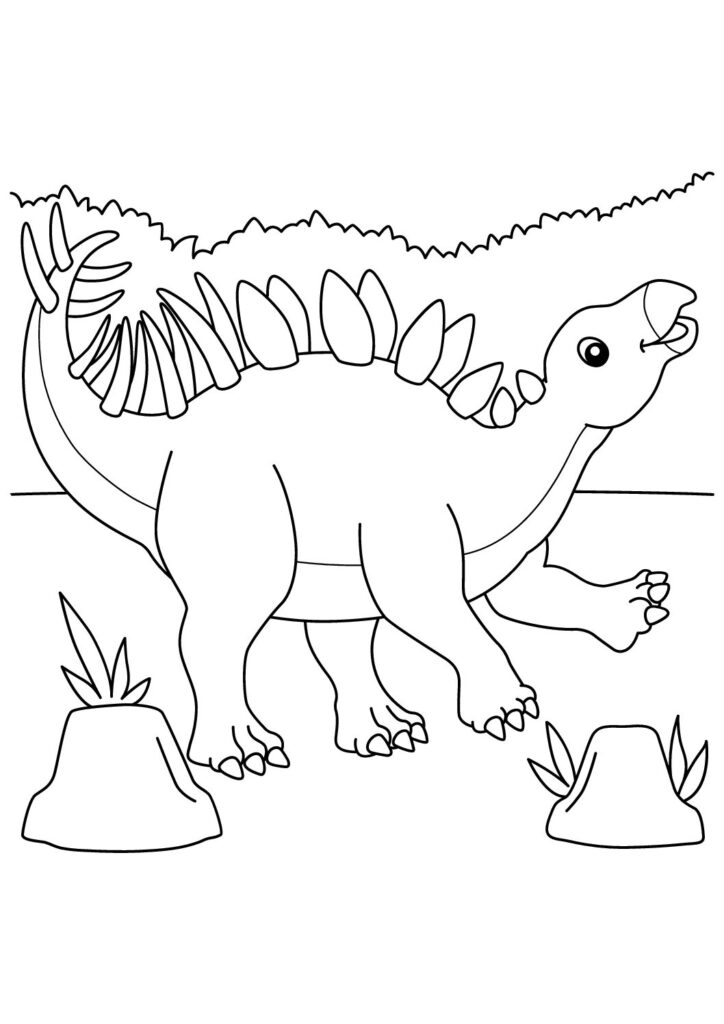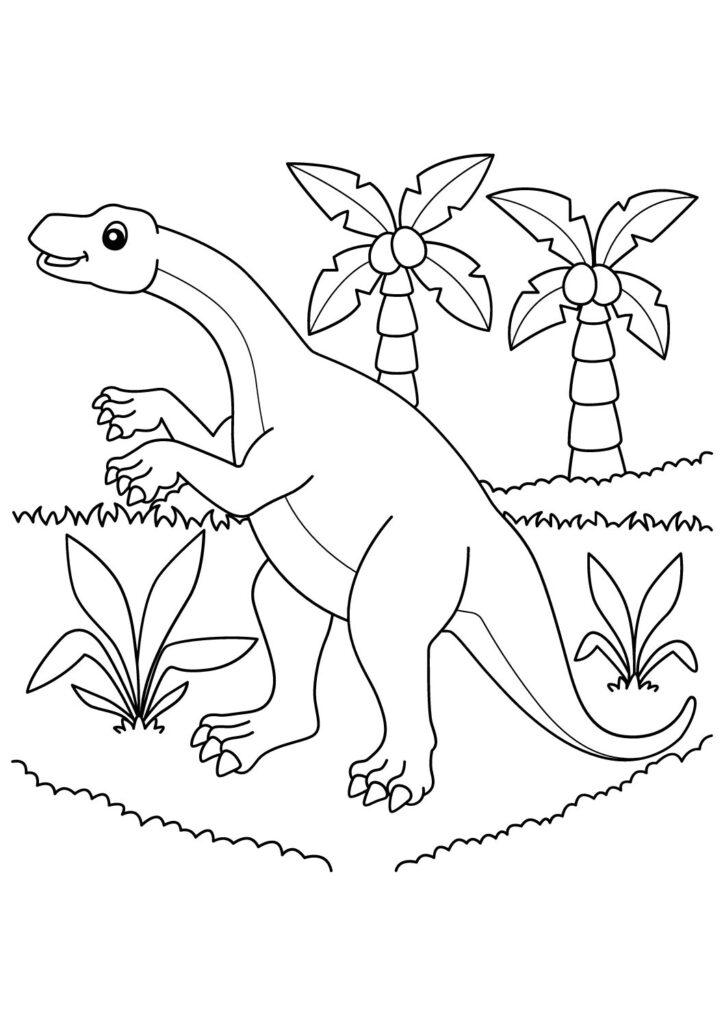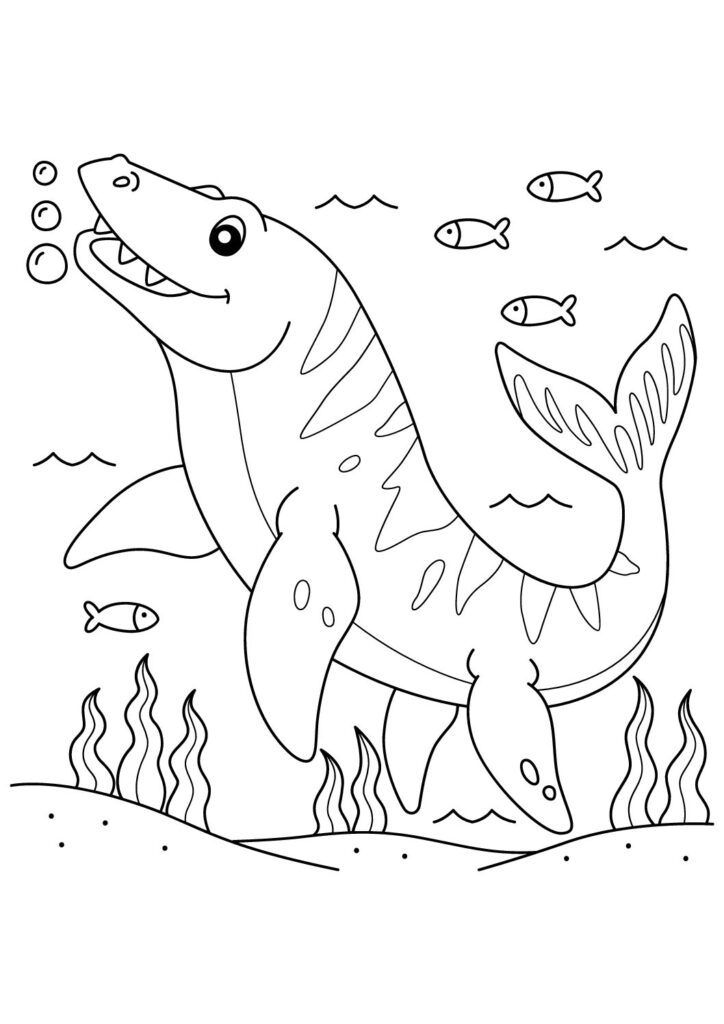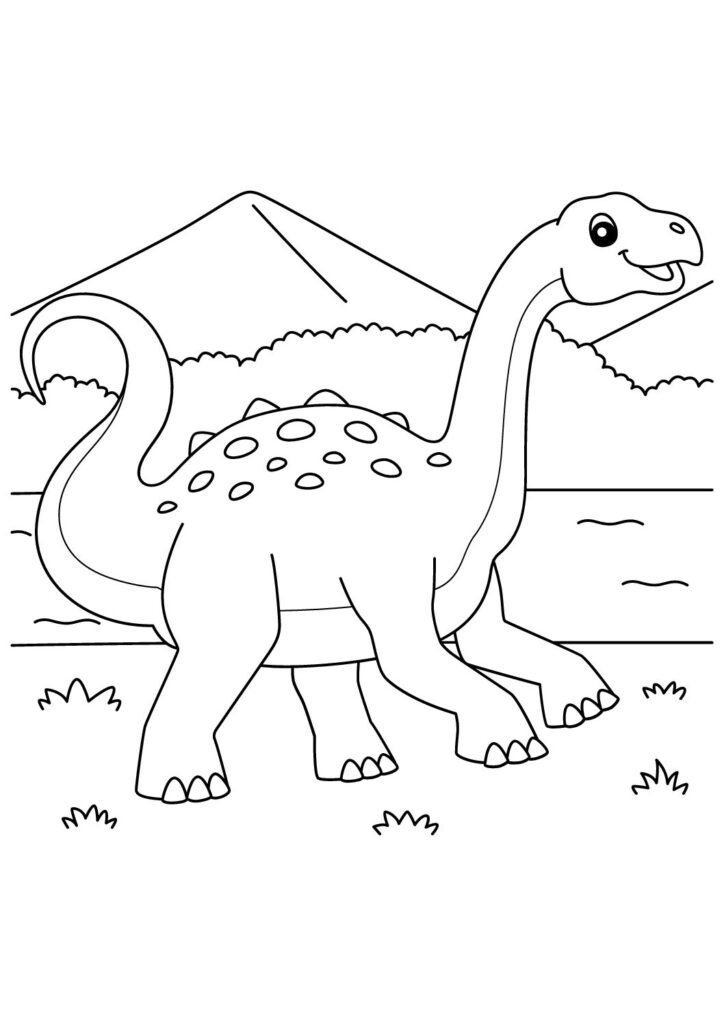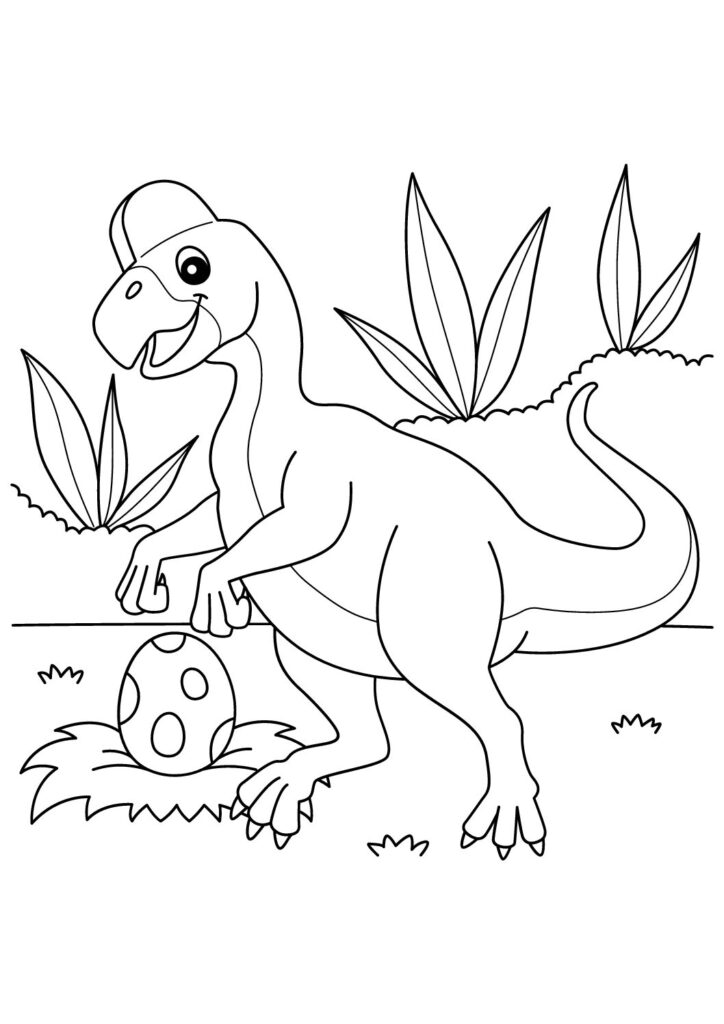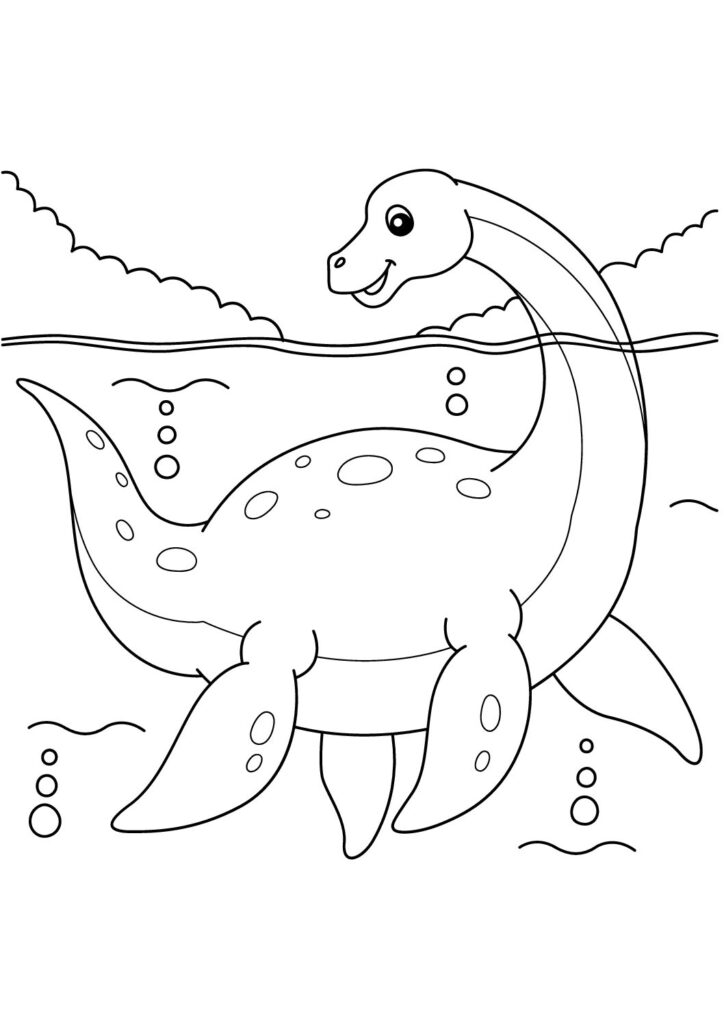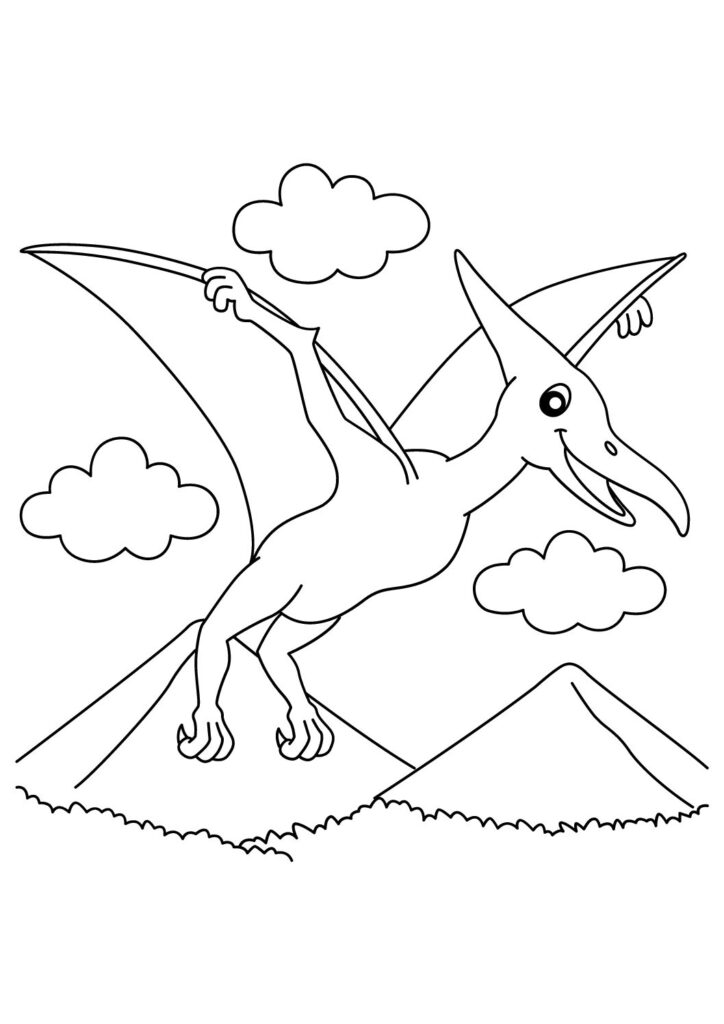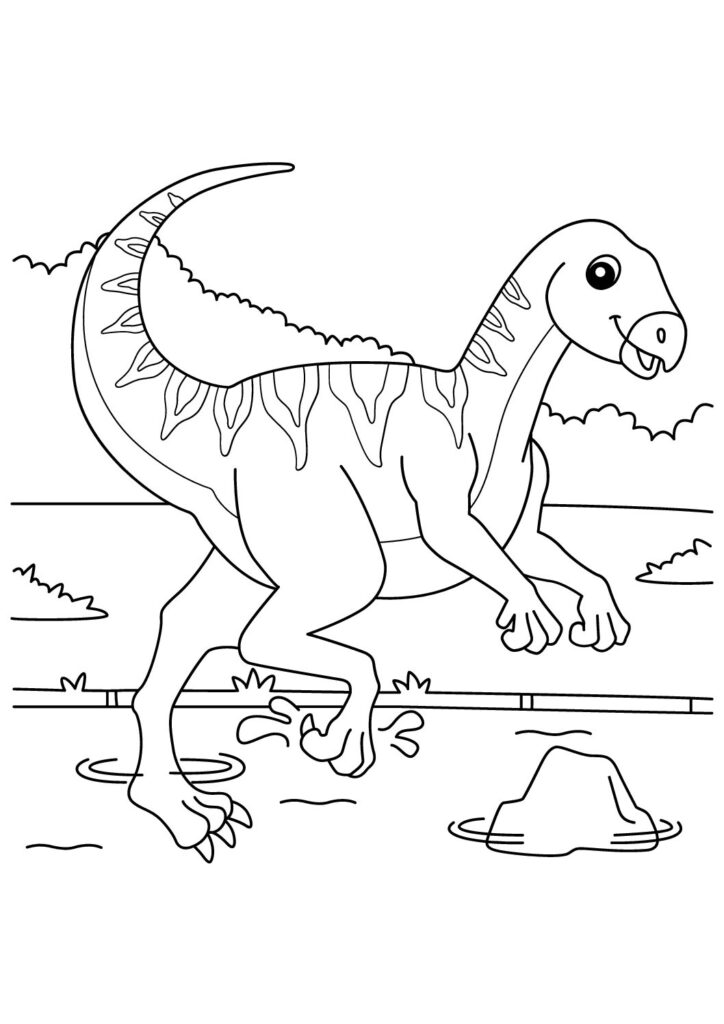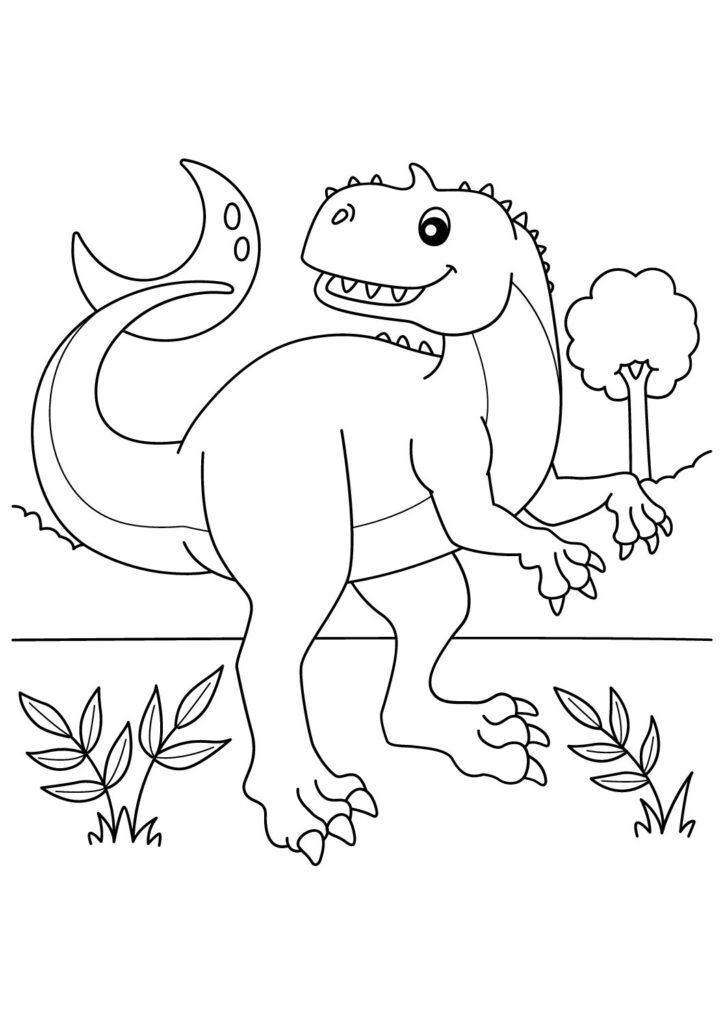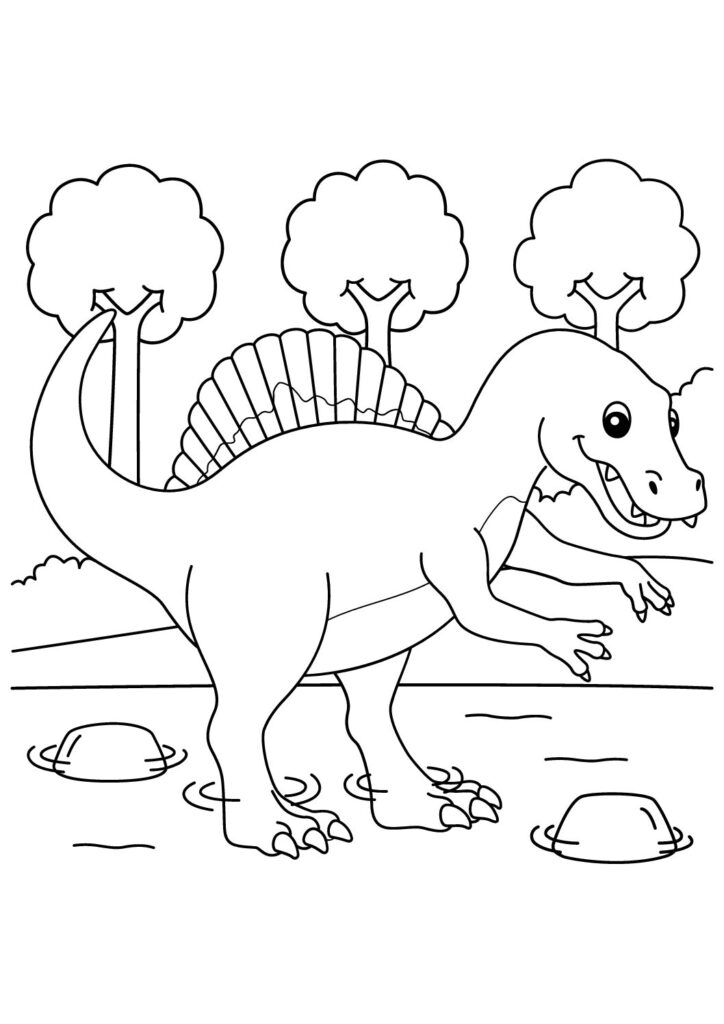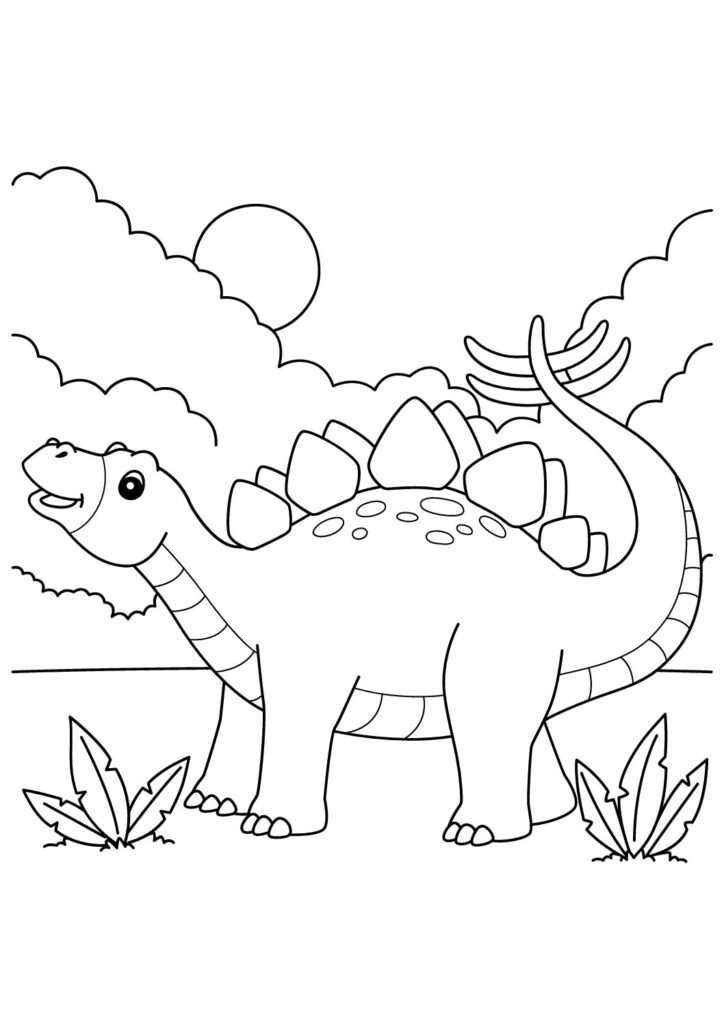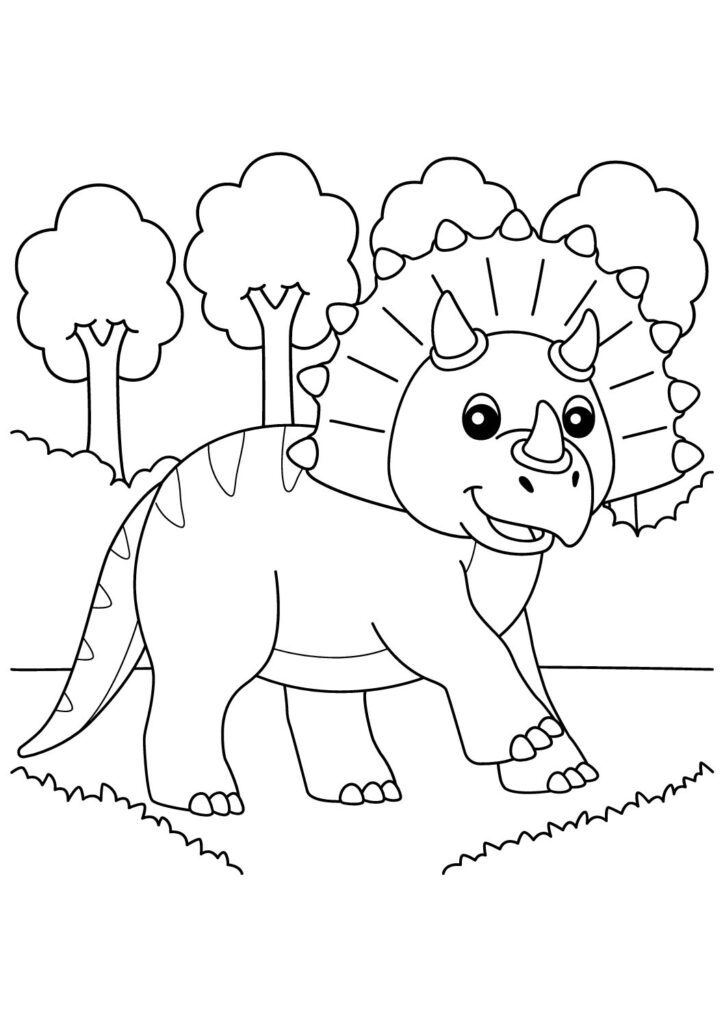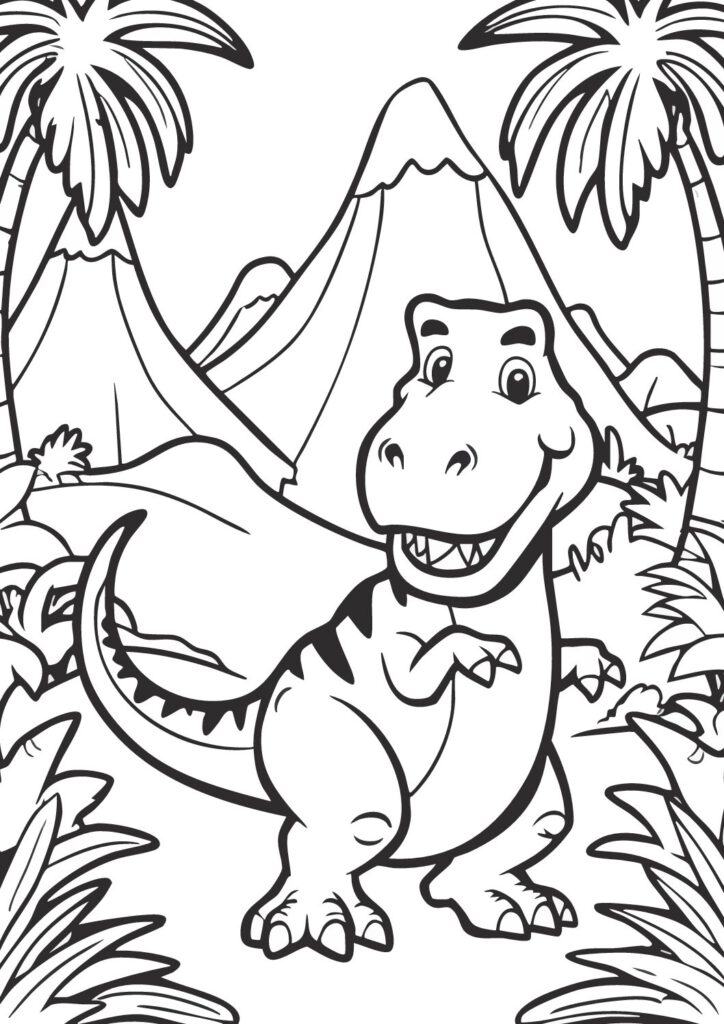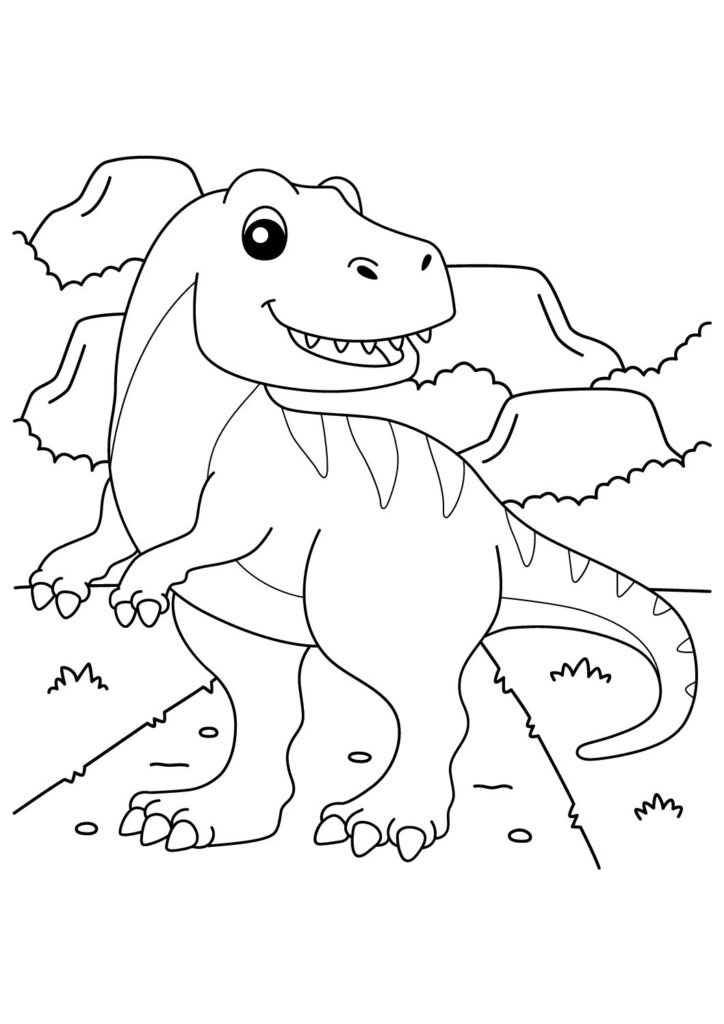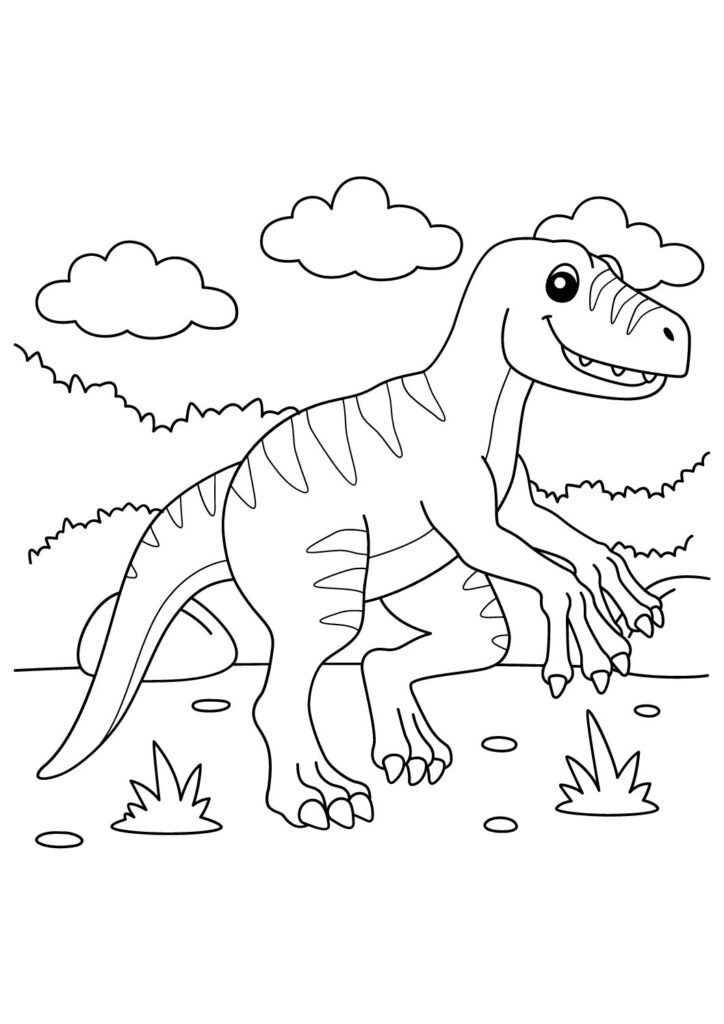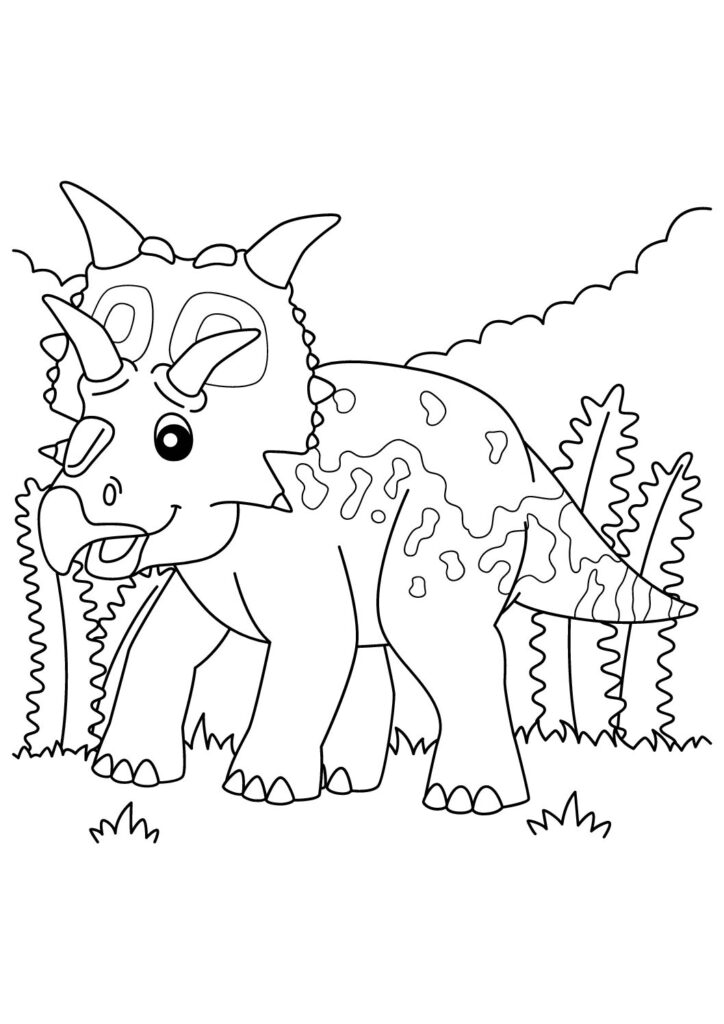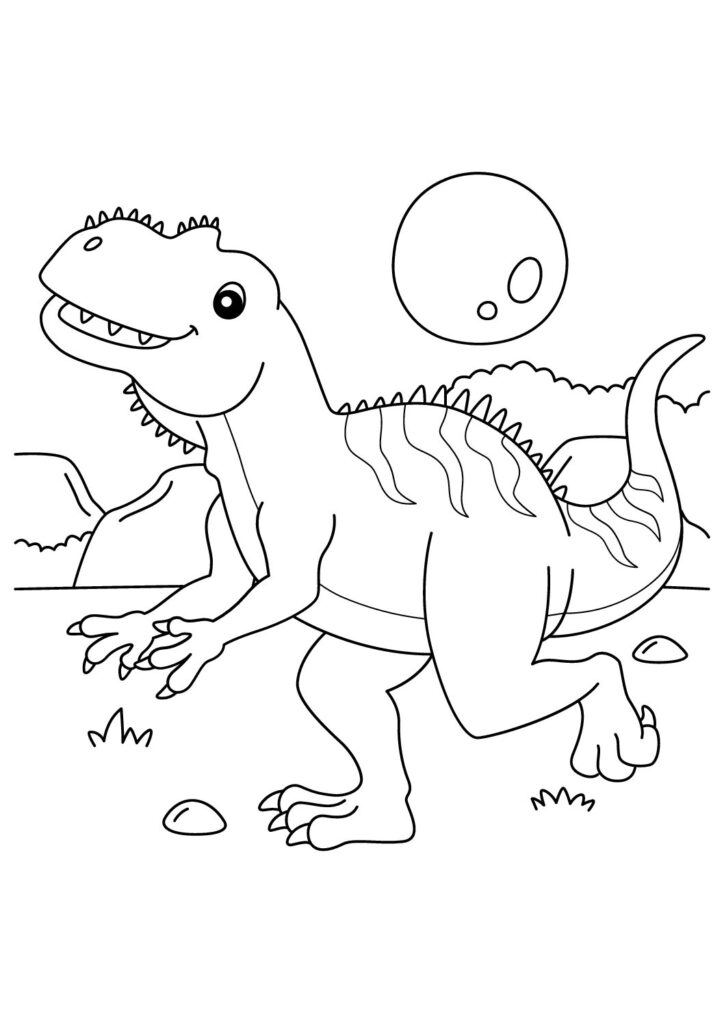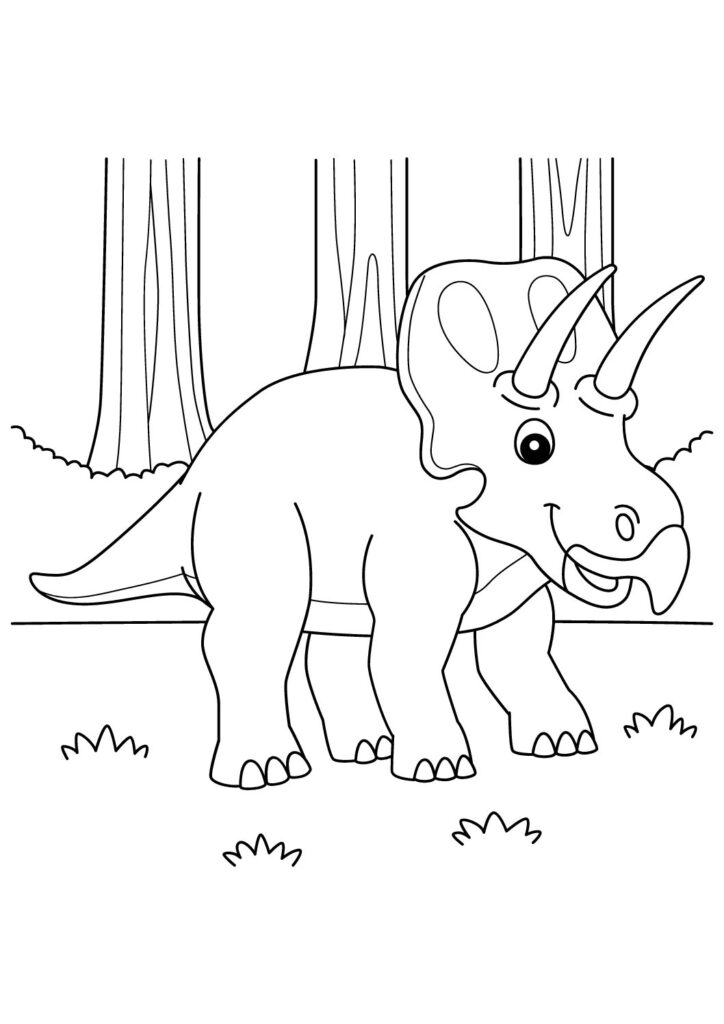1 Free Utahraptor Coloring Pages for Download (Printable PDF)

Launch into our free printable collection of Utahraptor coloring pages featuring these fierce predators in their dynamic hunting poses! Download these high-quality sheets showcasing these powerful dromaeosaurs with their massive sickle claws, feathered bodies, and athletic builds displaying their incredible speed and strength. Perfect for kids and dinosaur enthusiasts, these detailed prehistoric coloring pages capture the lethal nature of these meat-eating creatures known for being the largest raptor ever discovered. Each printable sheet brings these amazing Early Cretaceous hunters to life, highlighting their deadly claws, muscular legs, and impressive predatory presence!
Fearsome Utahraptor Facts: The Complete Guide to Earth's Largest Raptor Dinosaur
Introduction
Utahraptor ostrommaysi represents one of paleontology’s most significant predator discoveries, dominating what is now eastern Utah during the Early Cretaceous period approximately 126 million years ago. This remarkable dromaeosaur, whose name honors both its discovery location and renowned paleontologist John Ostrom, revolutionized scientific understanding of raptor dinosaurs when its massive size—far exceeding previously known dromaeosaurids—was revealed, demonstrating that these sophisticated predators had evolved to truly formidable dimensions.
Extraordinary Size
Unlike its famous smaller cousin Velociraptor, Utahraptor reached truly imposing dimensions, measuring approximately 20-23 feet in length, standing 7 feet tall at the hip, and weighing an estimated 1,100-1,500 pounds. This extraordinary size made it the largest known dromaeosaurid—approximately five times heavier than Deinonychus and more than ten times the size of Velociraptor—establishing it as a genuine apex predator rather than the mid-sized hunters its relatives represented.
Lethal Weaponry
Utahraptor possessed perhaps prehistory’s most sophisticated killing apparatus, featuring 9-15 inch sickle-shaped claws on each second toe that functioned as specialized killing weapons. Unlike popular depictions of slashing attacks, biomechanical research suggests these massive claws were designed for deeply puncturing prey with precisely targeted strikes, driving the curved talon between vertebrae or into vital organs after the victim was immobilized using powerful arms and jaws.
Hunting Adaptations
Research suggests Utahraptor combined avian-like agility with mammalian hunting strategies, potentially ambushing prey from concealed positions before delivering precise, powerful attacks. Its robust build indicates it hunted larger prey than other dromaeosaurids, including juvenile or subadult iguanodonts that shared its environment, with its powerful legs, arms, and jaws allowing it to tackle prey substantially larger than itself—a capability few other predatory dinosaurs possessed.
Scientific Discovery
Paleontologist James Kirkland discovered the first Utahraptor remains in 1991 in Utah’s Cedar Mountain Formation, with the timing proving remarkably fortuitous as it coincided with the production of the film “Jurassic Park.” Though the movie’s Velociraptors were dramatically oversized compared to actual Velociraptor fossils, the discovery of Utahraptor revealed that large raptor dinosaurs genuinely existed, though living millions of years earlier and in North America rather than late Cretaceous Mongolia.
Pack Hunting Controversy
A remarkable ongoing excavation called the “Utahraptor Project” has uncovered what appears to be multiple Utahraptor individuals of varying ages preserved together in what may represent evidence of pack behavior. If confirmed through further analysis, this site could provide the strongest evidence yet for social hunting among dromaeosaurid dinosaurs, suggesting these sophisticated predators may have employed cooperative strategies similar to modern wolves when targeting large prey.
Evolutionary Significance
Utahraptor’s early appearance in the fossil record (approximately 60 million years before Velociraptor) demonstrates that giant dromaeosaurids evolved much earlier than previously recognized. This early emergence of large, sophisticated predators has significant implications for understanding predator-prey dynamics throughout the Cretaceous period, revealing that advanced hunting adaptations including the enlarged killing claw had already reached their apex early in dromaeosaurid evolution.

